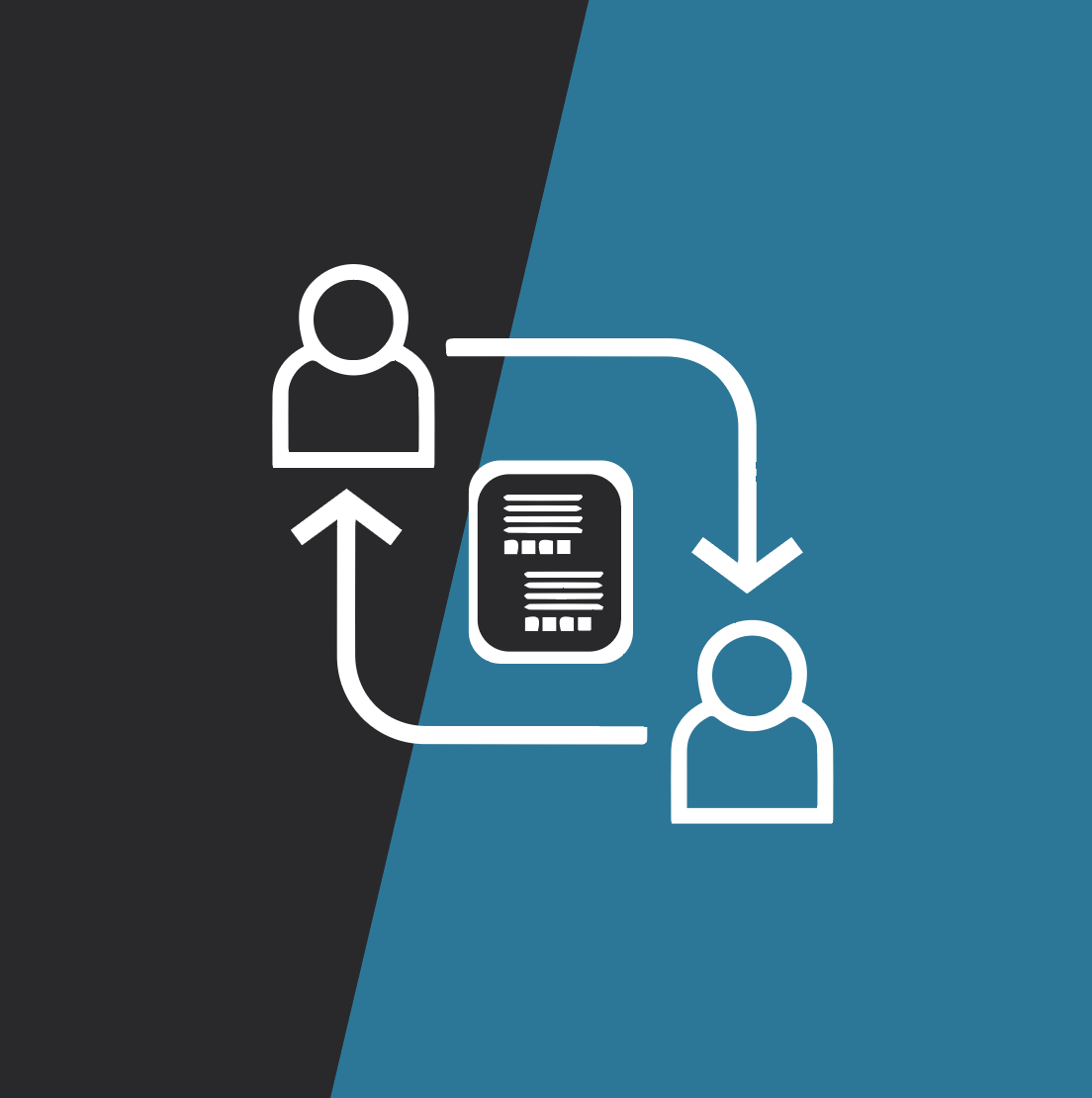5 Common Paid Social Campaign Mistakes to Avoid
Sarah Corley#Industry Insights, #Social Media

Avoid these mistakes in your company’s paid social media campaign for an increased conversion rate and more sales.
If you’re on social media platforms, chances are that you’ve seen paid social media advertising in your timeline. They come with a variety of objectives: more followers, brand awareness, conversions, video views or app downloads. No matter what the ads look like, marketers are paying to get their social ads in front of you. In the past, we’ve covered how to plan a paid social media campaign and different types of A/B test to try. Today, we’re deep diving into common paid social media campaign mistakes to avoid.
Key Paid Social Media Campaign Terms
Below are common key terms used in paid social media campaigns.
Cost Per Click (CPC): An advertiser pays a cost for every click on an ad.
Cost Per Engagement (CPE): An advertiser pays when a user engages with their campaign.
Cost Per Thousand (CPM): An advertiser must pay a cost for every 1,000 impressions of its social ad.
Bid: The maximum amount you are willing to pay for your ad to be shown to a viewer during a social media ad auction.
Auction: An online bidding system that matches the best ads to run based on the ad’s bid and ad performance.
Most social media platforms use an auction system which determines which ads are shown. The more bids you win, the more your social ad is shown to the target audience you’ve selected on the social network. The more your ad is shown, the better chance you have for conversions and meeting the goals or KPIs of your social media strategy. There are 5 common mistakes that I see happen with paid social media campaigns. Let’s dive in.
Mistake 1: Not setting SMART goals for your campaign.
Setting goals for any marketing efforts are incredibly important. Paid social media ads are no different. To show a return-on-investment through your paid ads, the best bet is to use SMART goals in the planning stages of your campaign.
A smart goal is a goal that is Specific, Measurable, Attainable, Relevant and Timely. With a clear goal outlined, you’ll be able to see how you’ve progressed as your campaign runs and if you will need to make ad changes to help you reach your goal.
What does a SMART goal actually look like?
“We will run a $300, two-week (April 6-20) paid Facebook page like campaign to order to gain 100 new followers.”
Too often I see clients wanting an social ad that shares about who they are, their product, how to learn more and asking for a follow on social media. That’s too many goals for one ad and your advertisement (and budget) will suffer as a result. Pick one social media ad objective and put your budget behind that.
Mistake 2: Not Testing Your Social Media Ads
A/B testing your paid social media ads will give you more data that you can use when building out future campaigns. There are a variety of elements that you can A/B test to see what performs best.
- Post length: Shorter captions versus longer vs bullet points
- Post style: A question? A statement? A statistic.
- Emojis
- Hashtag use
Images: Split testing media can also be a great way to test what visually resonates or deters your audience.
- People vs landscape. Will images with people perform better?
- Do images with brighter colors outperform those with dark colors?
- Single product shot vs styled shot
Headlines: If your headlines aren’t attention grabbing, your users may not even read your ad
Call-to-Action (CTA): Whether it’s “Visit” or “Shop Now,” your CTA wording in your ads is another component to test.
Various Ad Formats: Experiment with carousel, single image ads or other formats.
Audience Targeting: Testing audiences using a variety of filtering characteristics will give you some of the best data results. They look like:
- City/State/Zip Codes
- Countries
- Gender
- Education Level
- Interests/Hobbies
- Groups
- Behaviors
Placement: Where will your ad appear? On a story? In the feed? On the right side bar on a desktop?
Day and Time: When are your ads performing best?
Device type: Any patterns here?
One of the other best ways to A/B test your ads is on different social networks. One ad might perform much better on LinkedIn, but you may not know because you’ve been too busy promoting it on Facebook!
Mistake 3: Using the Same Ad Across All Social Media Platforms
One size doesn’t fit all when it comes to paid ads on your social platforms. I think we can agree that the same ad on Twitter is not going to perform as well as one on Instagram or LinkedIn.
This is where researching and creating buyer personas around your various audiences will help you make data-based decisions. Language, imagery and calls-to-action all affect how your perform. In addition, each social network should have a multiple personas that you are trying to reach. Using multiple campaigns and ad sets with audience segmentation will result in more A/B tests across multiple campaigns and platforms.
Mistake 4: Not Knowing What Your Competition Is Doing
Think of yourself as a Nancy Drew detective. By knowing exactly what your competitors are doing, you can uncover how your company’s paid social media advertising campaigns can be different. You can see what ads they’re running in a couple of different ways:
On Facebook and Instagram
Visit the page on Facebook
Select See More in the Page Transparency option
Under Ads From This Page, select Go to Ad Library.
On LinkedIn
Visit the page on LinkedIn
On the left, scroll down to Ads tab
This will show all ads that have run within the last six months.
On Twitter
Navigate to the Ads Transparency Center
Type in the Twitter handle and select the profile
Mistake 5: Ignoring Your Budget
Don’t make the mistake of running too many A/B tests and not having enough left in the budget to invest in the winning test. It’s easy to overspend on your budget and that’s why checking in daily with your ads is important. Make sure that you are investing your dollars into decisions that make sense and where it’ll give you the best ROI for your buck.
When you’re planning out a paid social media advertising campaign, be sure to set SMART goals, A/B test your social media, vary your ads per platform, watch your budget and know what the competition is doing.
Related Posts

7-Step Guide to Effective Social Media Ads
We share how to plan a successful paid social media campaign in 7 easy steps.
![3 CMS Platform Migration Considerations [Mini Episode]](https://www.wearediagram.com/hubfs/Diagram-Views-Unfiltered-Transparent-BG-All-Black%20small.png)
3 CMS Platform Migration Considerations [Mini Episode]
Diagram's Chris Osterhout shares three essential tips that your organization should consider when moving to another CMS platform.
Results Matter.
We design creative digital solutions that grow your business, strengthen your brand and engage your audience. Our team blends creativity with insights, analytics and technology to deliver beauty, function, accessibility and most of all, ROI. Do you have a project you want to discuss?
Like what you read?
Subscribe to our blog "Diagram Views" for the latest trends in web design, inbound marketing and mobile strategy.
